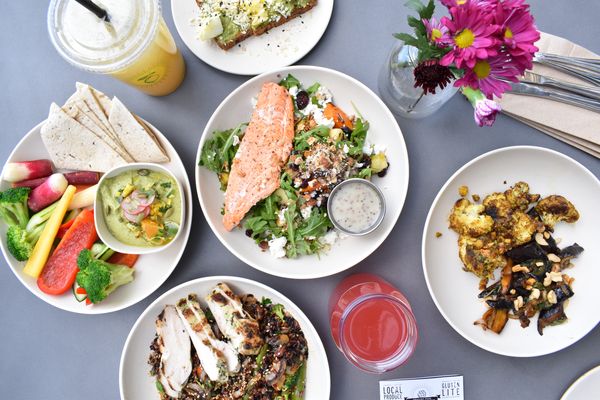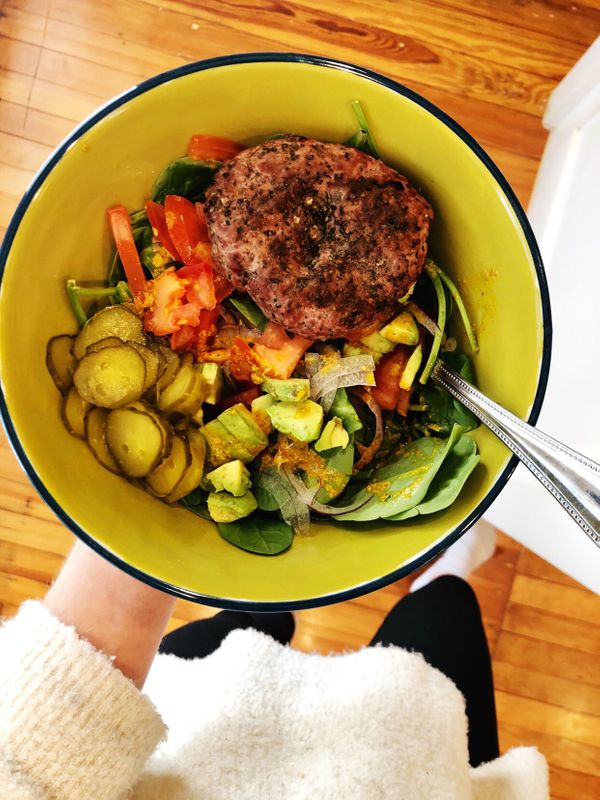Our bodies are constantly talking to us. Only problem is they’re speaking a different language. And whispering. And everything else out there is screaming for our attention (hello, low carb craze), drowning out that small, still voice, telling you something else. That poor little whisper doesn’t stand a chance.
This is why “listening to your body” is so much easier said than done.
Tuning into your own body is more than skill. I call it a sense, like seeing or smelling, because it’s like a survival tool for your body.
It takes some practice to hone and strengthen it. As you do though, that small, still voice gets louder and stronger. Think of it like a muscle you haven’t worked out in awhile, or that you didn’t even know was there until after a particularly challenging workout.
Identifying and maintaining this muscle is how you truly take charge of your health.
There’s not a doctor, or a test that compares to the power of understanding your own body and how it’s reacting to what you put in it.
For this week’s challenge we’re working on tuning in and listening to your own body. So, I want to give you three strategies you can use that will help you start working out your “intuitive eating muscle.” Choose the one that you find the most interesting or that best suits your needs to start with.




